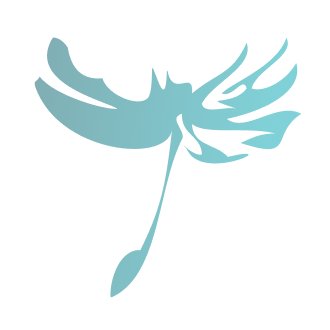Image not available
The name of this item is missing in its original language. If you know the name or have any comments, please use the form to get in touch with the institution that provided the data.
Javelin
Cultural attribution: in the inv. book "Kaffern". According to Höpfner's travel routes 1882, 1884 probably Nama, Damara or Herero.
This content was machine-translated
Data Provider
Roemer- und Pelizaeus-Museum Hildesheim gGmbH
Show only fields containing data
Cataloguing data
Cultural attribution
keine Zuschreibung
Object type
Hunting or war weapon
Dimensions
L: 165 cm
Object genre
Ethnographica
Current location
Roemer- und Pelizaeus-Museum Hildesheim
Inventory number
RPM_V 1175
Related object(s)
is part of :
Eines der Geschenke-Konvolute Höpfners aus dem Jahre 1884 oder 1885
Provenance and sources
when
before 1884
where
Africa, southern Africa, Namibia, according to the report of the Hildesheim Museum Association Angra Pequena (Lüderitzbucht) (if belonging to the donation of 1884), "Herero- and Damaraland" (if belonging to the donation of 1885)
who
Falls zu Schenkung 1885 von Dyes gehörig, ist Höpfner der Vorbesitzer/Sammler - Former Possessors
Description
The object is apparently no longer in the museum's collection. - Alternative spelling of the name: Carl Hoepfner. Höpfner did not stay exclusively in Angra Pequena on his first journey in 1882/83. He spent the first eight months in Mossamedes (Moçâmedes) on the Atlantic coast of Angola, near the present-day border between Angola and Namibia. He then travelled on to Kunene via the Boer colony of Humpata and "through the land of the Ovambo and Damara" (Globus 44, 1883, p. 254). On this journey, too, he apparently already had contact with Herero (cf. Globus vol. 44, 1883, p. 383). Therefore, despite the statement in the report of the Hildesheim Museum Association that the ethnographica donated in 1884 were "all from Angra Pequena", he may have already acquired objects from the Damara and Ovambo, but also from Herero, on his journey there.
when
1884 or 1885
where
Roemer and Pelizaeus Museum Hildesheim
who
Dr. Carl Höpfner oder Ludwig Gottfried Dyes
Secondary literature
Bericht "Verein für Kunde der Natur und der Kunst im Fürstenthume Hildesheim und in der Stadt Goslar", Zeitraum 01.01.1883-01.01.1886, Hildesheim: Gerstenberg, 1886, S. 10, S. 36, dort unter Geschenken 1884: Höpfner, Dr., Afrikareisender, „Bogen und Pfeile mit eisernen Spitzen und Federn, eiserne Armspangen, Lanzenspitze, Dolch, Wurfkeule, Perlenstickereien, ein Gefäß von Holz, Kürbisflasche, Beutel und Tuch von buntem baumwollenen Stoff, sämmtlich von Angra Pequena“; 1885, unter Geschenken, S. 37: Dyes, Generalkonsul in Bremen, „eine große Sammlung höchst interessanter ethnographischer Gegenstände, welche der Afrikareisende Dr. Höpfner östlich von Angra Pequena im Herrero (jetzt auch deutsches Gebiet) und Damaralande gesammelt hat."
„Deutsche Kolonial-Unternehmungen in Afrika: Angra Pequena. Dr. Höpfner im Damara-Land. Die Sibango-Farm in Gabun“, in: Globus. Illustrierte Zeitschrift für Länder- und Völkerkunde, Bd. 44, 1883, S. 254.
Bundesarchiv Berlin, R 1001/1470, „Reisebericht von Dr. Höpfner über die Verhältnisse in Südwestafrika“.
Höpfner, Carl, „Die Erfolge der Mission bei den Ovaherero“, in: Globus: Illustrierte Zeitschrift für Länder- und Völkerkunde, Bd. 44, 1883, S. 383.
Information about the record
Legal status metadata
Related objects
This content was machine-translated









